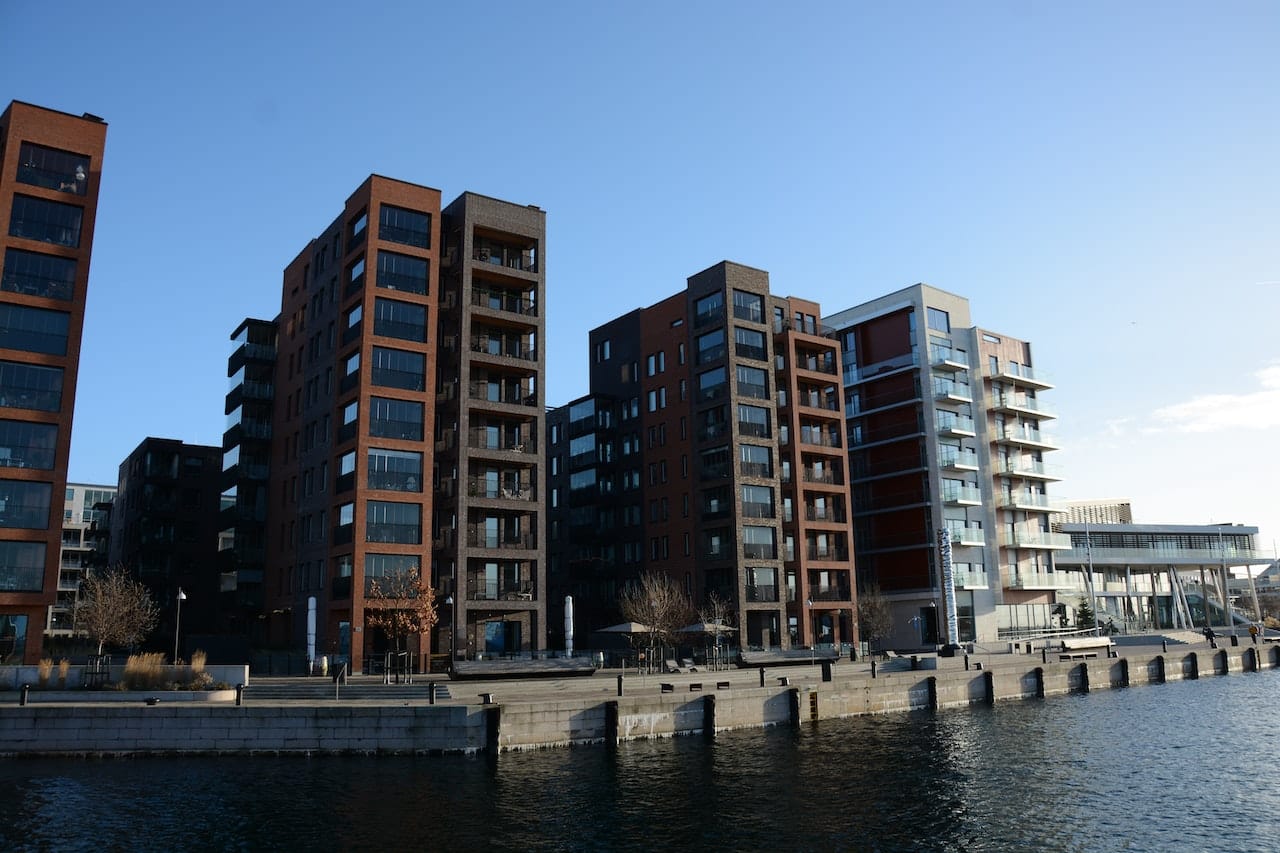I own a Leasehold property, why do I need to know about the Building Safety Act 2022
The Building Safety Act 2022 introduces ground-breaking reforms and is a crucial piece of legislation that aims to improve the safety of buildings in the United Kingdom. This Act provides residents and homeowners with more rights, powers, and protections and was introduced in response to several high-profile incidents, such as the Grenfell Tower fire in London, which highlighted the need for stricter regulations and oversight when it comes to building safety.

The Act applies to qualifying Leaseholders and provides protection from the costs associated with remediating historical building safety defects.
The Act includes several key provisions, including the creation of a new Building Safety Regulator; the National Regulator of Construction Products; and the New Homes Ombudsman. These three bodies will be responsible for overseeing building safety and enforcing compliance with regulations. It also requires building owners to conduct regular inspections and assessments of their properties and provides funding for remedial work where necessary.
The Act is ground-breaking as it eradicates the idea that leaseholders should be the first port of call to pay the whole costs in remediating historical safety defects, but be careful as it only applies if you are a qualifying owner in a relevant building with a qualifying defect.
Qualifying/ relevant building
- The lease to the property must have been granted before 14th February 2022
- The building is over 11 metres in height or has more than 5 floors, further provisions apply if the building is over 18 metres
- Contains at least two dwellings
- Finally, the building is not owned by the Leaseholders. This means your building may not qualify if the building is run by a resident-run management company.
Qualifying Tenant
- This property must be your main home
- You should not own more than 3 dwellings in the UK when you purchased your flat
- You have a long lease of at least 21 years
Please note the Act is very complex and other provisions do apply, but if the above applies to you and the building has a relevant defect (such as cladding) the building owner will have to fund multiple steps to investigate alternative funding sources before passing any remediation costs to leaseholders under their service charge. In addition, only certain costs can now be passed on to you and extra provisions apply to cap what can be claimed and depending on what the value of your qualifying Leasehold was, you may not have to pay anything! Under the Act if the Landlord does not follow these steps, then a tenant of a dwelling may challenge the service charge demands in the First Tier Tribunal.
Alternative funding check
Before pursuing costs through the service charge the Landlord must check for alternative sources of funds such as:
- If a grant is payable (e.g. Under the Building Safety Fund)
- Under insurance
- Under guarantee or indemnity
- Finally, from a developer or other person involved in the design or works to the building
In addition, if your landlord has a net worth of over 2 million then the landlord has an obligation to pay for all remediation costs and you will not have to pay to rectify the defect at all.
Under the Act if you intend to sell your property and it is a relevant building the Act creates two certificates that must be produced to the buyer.
-
Landlords certificate
If the Landlord does not meet the contribution condition or the developer test then to recoup some of the cost of remediating a relevant defect through the service charge, the landlord must serve the “Landlords Certificate” which is in a prescribed form and subject to strict timelines.
-
The Leaseholders Deed of Certificate
This certificate provides evidence as to whether a lease is a qualifying lease for the purposes of the Act and provides a permanent record as to how the flat was owned or occupied on 14th February 2022. The leaseholder who fails to provide that certificate when asked to do so, could lose valuable rights.
The certificate is executed as a Deed and is a self-certification exercise. This means that the Leaseholder or you if you qualify, must answer a series of questions and provide evidence supporting the answers given. Interestingly, if you were not the owner on 14th February 2022 and you do not have the Leaseholders Deed of Certificate, the Act places an obligation on you to make enquiries of the former owner to establish the qualifying status of the flat on that date.
It’s important to note that if you are not a qualifying leaseholder, then you are not provided with the protection of the Act and will be liable to pay towards remediation costs.
Non-Compliance by the Landlord
If the Landlord does not remedy the defect when they are liable, then you as the Leaseholder can apply to the Property Chamber of the First-Tier Tribunal for a remediation order or a remediation contribution order or both. The landlord will then have an obligation to fix the defect specified by a specified time frame with failure to comply being enforceable by the county court.
How can Ellis Jones help you?
If you require advice and guidance on the above, please contact our Conveyancing team or 01202 525333.
How can we help?
When you submit this form an email will be sent to the relevant department who will contact you within 48 hours. If you require urgent advice please call 01202 525333.










